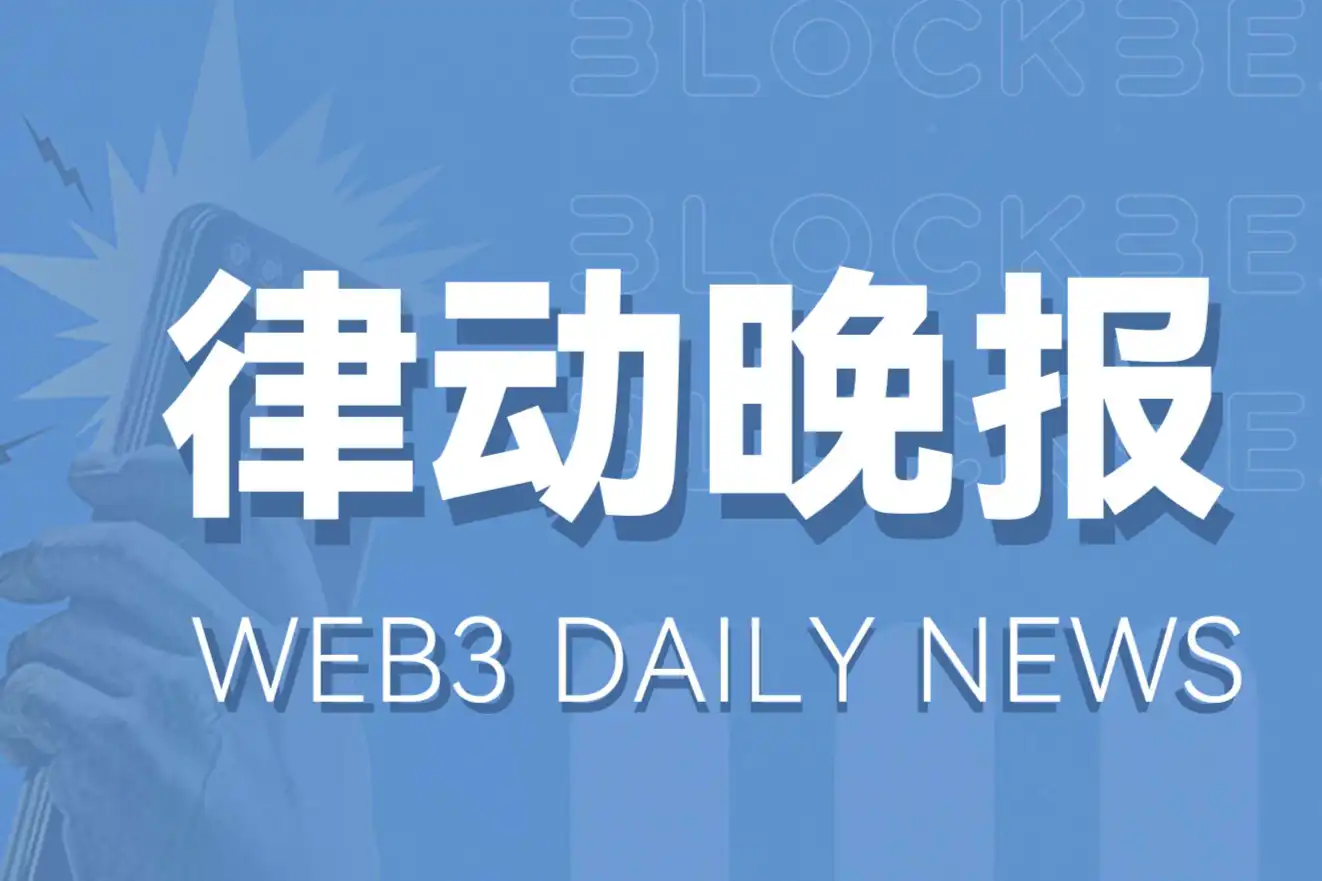The Fractured Nexus: Geopolitical Turmoil and Crypto Capital Flight in Iran's Evolving Financial Landscape
- Iran's crypto market reflects geopolitical tensions, with 2025 Israel-Iran conflict triggering 50-76% monthly outflows amid war-driven capital flight. - Nobitex hack by pro-Israel group exposed TRON network vulnerabilities, accelerating migration to Polygon and DAI as users seek decentralized alternatives. - 2025 capital gains tax and OFAC sanctions highlight Iran's struggle to balance state control with crypto's role in economic survival amid rial's 90% devaluation since 2018. - Investors advised to div
In the shadow of escalating regional conflicts and cyberattacks, Iran's cryptocurrency market has emerged as a microcosm of the broader struggle between state control, economic survival, and technological adaptation. From 2023 to 2025, the country's digital asset ecosystem has been shaped by a volatile mix of geopolitical shocks, regulatory experimentation, and the relentless pursuit of capital flight. For investors, understanding this dynamic requires dissecting the compounding effects of war, platform breaches, and sanctions—a landscape where crypto is both a lifeline and a liability.
Geopolitical Shocks and the Crypto Exodus
The 12-day conflict between Iran and Israel in 2025 triggered a seismic shift in the country's crypto flows. By June and July alone, the market saw declines of 50% and 76%, respectively, compounding an 11% annual drop. These figures were not merely a reflection of panic but a calculated response to the erosion of trust in centralized systems. The hack of Nobitex, Iran's largest exchange, by the pro-Israel group Predatory Sparrow—resulting in a $90 million loss—exposed the fragility of a market overly reliant on the TRON network. With 60% of Nobitex's volume tied to TRON, the breach froze liquidity and accelerated a migration to alternative networks like Polygon and stablecoins such as DAI.
The pattern is clear: geopolitical instability drives crypto adoption as a hedge against devaluation and capital controls. In 2024, Iranian crypto outflows surged to $4.18 billion, a 70% year-over-year increase, with Bitcoin outflows spiking during missile launches and retaliatory strikes. Google Trends data further reinforces this, showing global search spikes for “Iran Israel” aligning with crypto outflows. For investors, this underscores a critical insight: in sanctioned economies, crypto is not just a speculative asset but a tool for economic survival.
Systemic Vulnerabilities and the Path to Resilience
The Nobitex hack revealed a paradox: while centralized platforms enable state surveillance, they also create single points of failure. Iran's reliance on TRON—a network not designed for high-security environments—highlighted the risks of overconcentration. Post-hack, users pivoted to Polygon and DAI, mirroring trends in Russia and Venezuela. This shift, however, is not without its own pitfalls. Alternative networks, while more resilient, often lack the liquidity and regulatory clarity of their predecessors.
The U.S. Treasury's Office of Foreign Assets Control (OFAC) intensified its focus on Iran's crypto infrastructure in 2024, issuing 13 designations targeting illicit financial flows. The freeze of 42 Iranian-linked Tether addresses in July 2025 forced users to adopt decentralized solutions, yet this also amplified exposure to underground networks like Novin Verify, which facilitate sanctions evasion. For investors, the lesson is stark: diversification is not just a strategy but a necessity in markets where geopolitical risks compound technical vulnerabilities.
Regulatory Tightrope: Control vs. Autonomy
In August 2025, Iran introduced a capital gains tax on crypto trading, a move that signals both regulatory ambition and a desire to control capital flight. While this could stabilize the market long-term, it also reflects the regime's ongoing struggle to balance state oversight with economic autonomy. The tax, coupled with abrupt withdrawal halts in 2024, illustrates a broader trend: governments under sanctions are increasingly integrating crypto into formal frameworks, even as they weaponize it for espionage and procurement.
The rial's collapse—down 90% since 2018—has made crypto adoption inevitable for many Iranians. Yet the government's attempts to tax and regulate digital assets risk stifling the very innovation that sustains the economy. For investors, this duality presents a dilemma: how to capitalize on a resilient market while avoiding entanglement in illicit networks. The answer lies in real-time monitoring and due diligence, particularly in assessing platforms linked to the Islamic Revolutionary Guard Corps (IRGC) or underground brokers.
Investment Implications: Navigating the Fractured Landscape
For those considering exposure to Iran's crypto ecosystem, the path forward demands a nuanced approach:
1. Diversify Infrastructure: Avoid overconcentration in single platforms or blockchains. Prioritize decentralized exchanges and cross-border networks like Polygon and DAI, which offer resilience against geopolitical shocks.
2. Hedge with Stablecoins: Allocate a portion of holdings to stablecoins (e.g., DAI) to mitigate volatility while maintaining liquidity in a devaluing fiat environment.
3. Monitor Regulatory Shifts: Track Iran's evolving tax policies and OFAC designations. A capital gains tax may signal long-term stability, but sudden regulatory crackdowns could trigger liquidity crises.
4. Conduct Due Diligence: Scrutinize platforms for ties to sanctioned entities. The proliferation of underground networks like Novin Verify increases reputational and legal risks.
Conclusion: The Future of Crypto in Sanctioned Economies
Iran's experience mirrors broader trends in sanctioned economies, where crypto serves as both a shield and a sword. While the market's resilience is evident in its rapid adaptation to sanctions and cyberattacks, its fragility remains pronounced. For investors, the key is to balance opportunity with caution—leveraging the market's potential while mitigating exposure to its inherent risks. As enforcement agencies like OFAC continue to target illicit networks, the path forward for Iran's crypto sector will hinge on its ability to reconcile economic necessity with regulatory oversight. In this fractured nexus, the winners will be those who navigate the chaos with foresight, adaptability, and a clear understanding of the compounding forces at play.
Disclaimer: The content of this article solely reflects the author's opinion and does not represent the platform in any capacity. This article is not intended to serve as a reference for making investment decisions.
You may also like
Powell sees signs of crisis
Powell's primary motivation for halting quantitative tightening is to prevent a liquidity crisis in the financial markets.

Glassnode: Bitcoin options market shows premium concentration at $115K–$130K

Ethereum Looks Ready – Key Support Holds As Bulls Aim Fresh Upside Push

Key Market Intelligence for October 15: How Much Did You Miss?
1. On-chain funds: $142.3M flowed into Arbitrum today; $126.7M flowed out of Hyperliquid. 2. Top gainers and losers: $CLO, $H. 3. Top news: Base co-founder reiterated that the Base token is about to launch.
